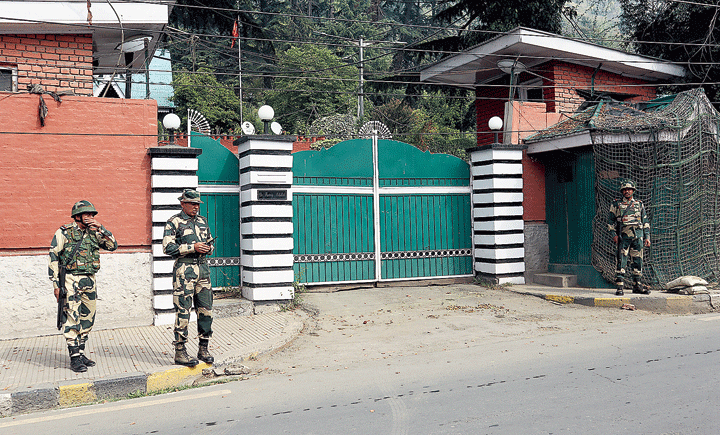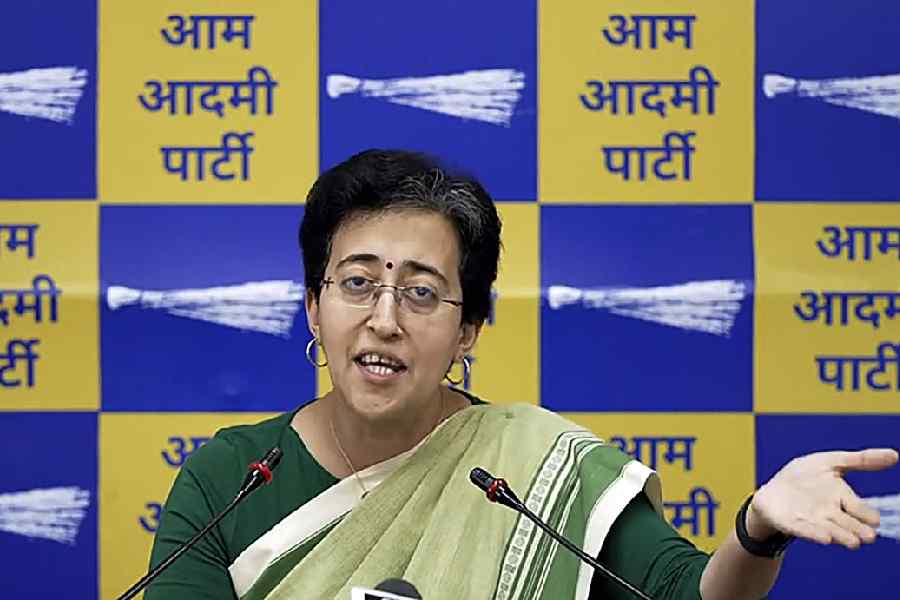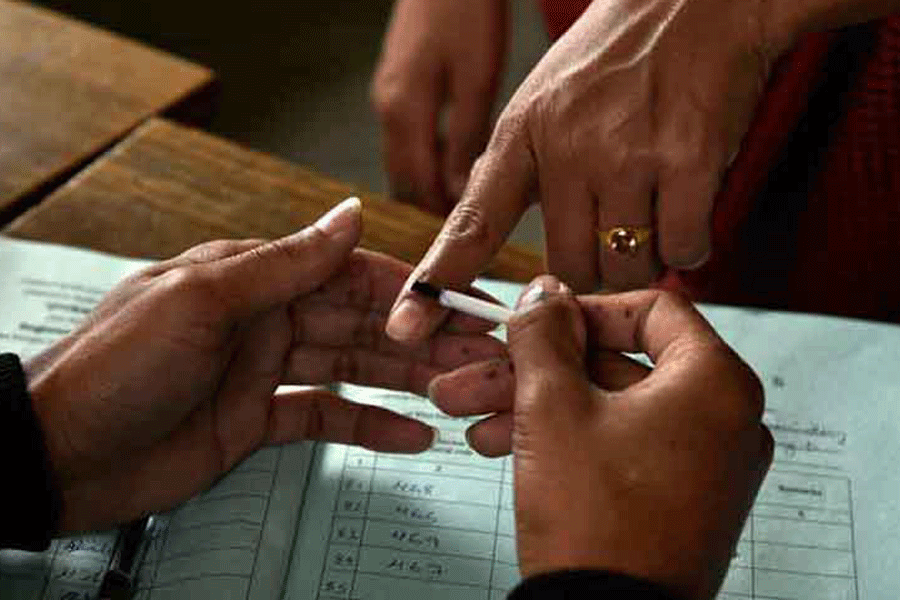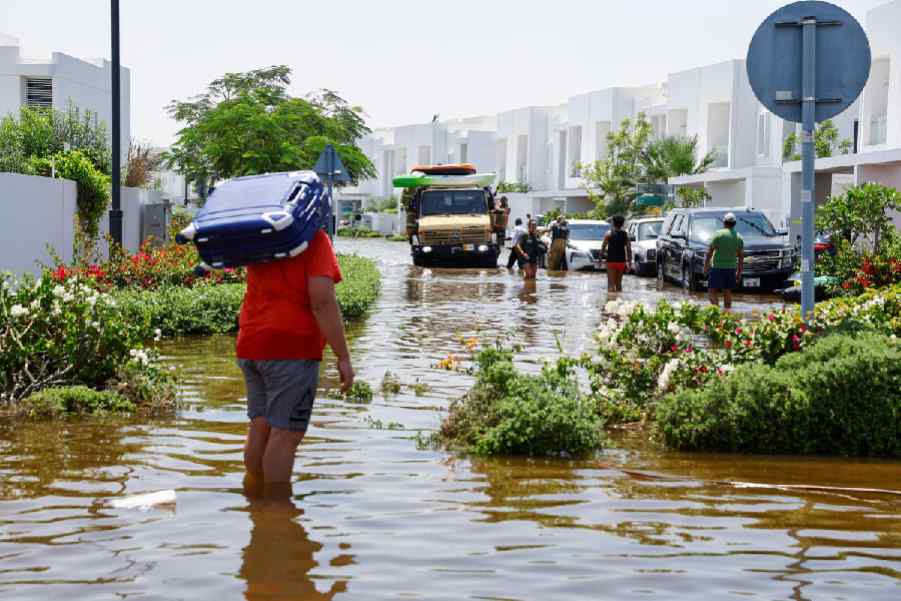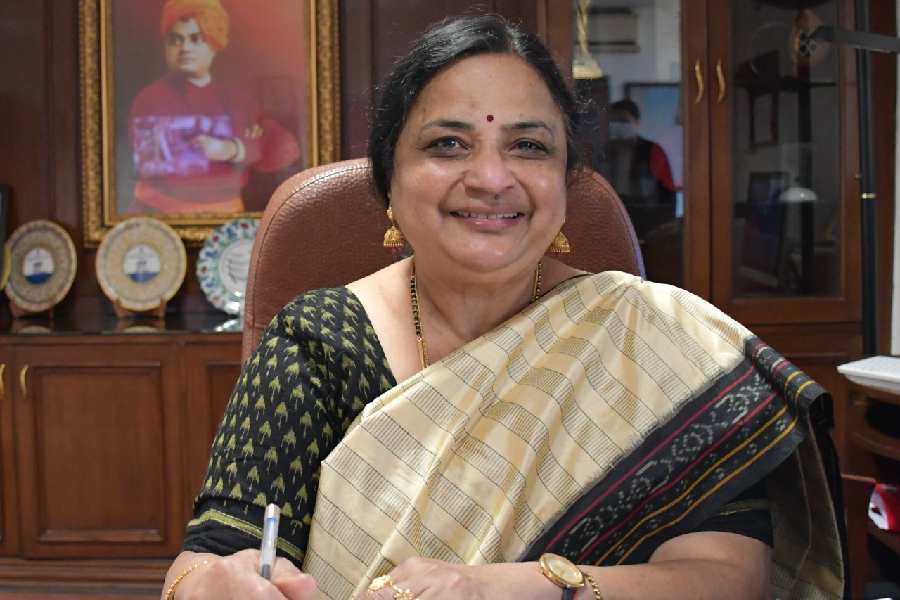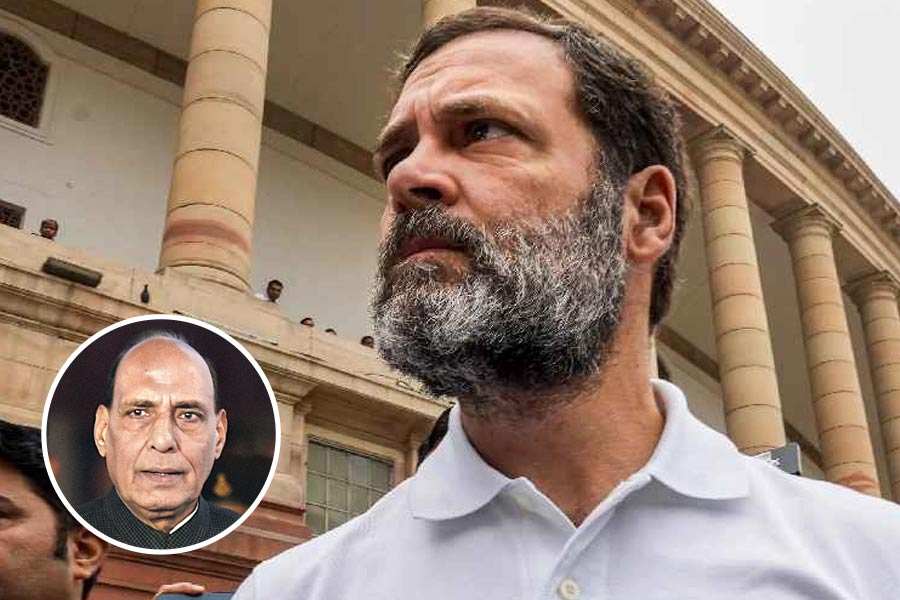Afwah, or rumour, is the only social medium that has survived the siege of Kashmir.
The Jammu and Kashmir administration has reiterated its threat of dire consequences against unknown rumourmongers. Last month, local newspapers as well as a broadcast on a Kashmiri news bulletin on Doordarshan warned that the “authorities (are) to initiate strict action against rumour mongers”, colloquially known as the afwah-baz.
This terminology has remained in constant public attention for nearly a century now, but there is no standard verse sketch of the would-be culprit(s). Therefore, I’m attempting to offer my own description: “An afwah-baz would be anyone driven with a motive — benign or ulterior — to spread a piece of information to simply appoint the receiver or, in the imagination of a terrified administration, create public unrest or discord.”
The official consternation suggests the afwah has survived the stranglehold of an otherwise all-encompassing siege.
Rumours became salient to Kashmir’s political and social psyche from the early 1930s when Sheikh Muhammad Abdullah, later lionised as Sher-e-Kashmir, emerged on the scene. His rise as a populist leader and the events that shaped Kashmiri consciousness were largely galvanised by rumours.
Let us take the watershed event of the July 13, 1931, massacre when the Dogra king’s army fired on people gathered in Srinagar in support of a certain Pashtun of unknown background, Abdul Kadeer Khan.
Khan was on trial for a speech in which he had beckoned people to rise against the Hindu king on the basis of a rumour about an alleged act of religious desecration on June 4 that year in Jammu.
There is little evidence to support the widely held public belief about the alleged desecration. Regardless, two dozen unarmed Kashmiris were killed and hundreds more injured.
Except for this year, the anniversary has been celebrated officially as youm-e-shuhada or “martyrs’ day”. The BJP views the incident differently and refuses to accept that the Kashmiri deaths were part of any valid struggle. As a result, the governor recused himself from attending this year’s official commemoration.
Recently, a new story around the massacre has been fashioned in Pakistan. It claims that those slain were martyred while completing the adhan, the Muslim call for prayer. This rendition attributes a larger and higher spiritual value to the deaths and the event. On one occasion, I’ve heard this narration in some informal gatherings where the audience responded with moist eyes.
The deaths of July 13 firmly installed Sheikh Abdullah on the public space. But his rise largely depended on rumours and religiously inflected forgeries. Abdullah’s friend and political associate Muhammad Sayeed Masoodi, a mullah of counterfeit countenance, with the aid of some acidic substance etched his leader’s name onto the leaves of living trees. This trapped the gullible masses into the belief that Abdullah had divine sanction.
The exact detail carved on the leaves, as recorded in historical accounts, was: “La Ila ha Illallah Sheikh Muhammad Abdullah.”
By Islamic standards, this is the greatest blasphemy ever imagined. It altered the basic tenet of the creed, the Kalema, which affirms: There is no God but Allah and Muhammad is his messenger.
By replacing the second part with Abdullah’s name, Masoodi performed a major attack on the faith. This, however, got ignored by the people, who were captivated by the “miracle”. Certainly, Abdullah was beatified in the public mind.
His reputation was puffed up by more such rumours to reinforce his divine character. One of the wildly popular afwahs at the time claimed that while in custody of the king’s army, Abdullah had put his right index finger into a boiling pan of oil. This was meant to display his spiritual power in response to the royal threat that he would be scalded in the bubbling oil.
The rumours did not end even after his death. Like many others, a college principal and one of my father’s good friends was convinced that Abdullah was Wali-ul-llah, a friend of Allah, a title usually assigned to people of exceptional spiritual character.
As a boy, I vividly remember him at our home, narrating stories about Abdullah’s posthumous physical appearances at Dargah Hazratbal, the most revered Kashmiri shrine that houses a lock of hair from Prophet Muhammad.
Since early this year, the afwahs have made a strong comeback. Soon after the suicide attack on a CRPF convoy in February, when the government brought in additional companies of the paramilitary force, rumours whirled that the Articles 370 and 35A were being excised.
This was dismissed as the usual afwah-bazi by a columnist in the leading daily, Greater Kashmir. In support of his argument the writer also mentioned the denial from governor Satya Pal Malik. The article quoted him as having said: “This can only be done with the concurrence of an elected Assembly.”
Days before the constitutional sacking of Jammu and Kashmir in early August, rumours whirled once again. But this time they were more specific and forceful in captivating the public mood. The word got out that not only was Kashmir’s partial autonomy to be finished, but a large-scale siege of the people and communications was to follow.
Malik was again quick to respond. On July 30, he advised that “nobody should pay any heed to rumours surrounding the grant of special status to Kashmir”.
Trashing the trajectory of rumours in Kashmir, he observed: “If someone catches a sneeze in Lal Chowk (in the heart of Srinagar), by the time it reaches (the) Governor’s House it is projected as a bomb blast.”
Displaying a similar sentiment, the deputy commissioner of Srinagar, Shahid Chaudhry, tweeted at the time: “In wake of unstoppable rumours, heads of all institutions were advised in the day to remain careful.”
Perhaps it is some sort of a miracle that under the current BJP administration, rumours have become reality. When the special status was finally abrogated and a ban on communications and people’s movement imposed, my initial reaction came in the form of a ghazal:
Ek afwah thi, khabar aa-yeei
Janay kiss shehr say, kidhar aa-yeei
Aur hum thay kea bay-khabar thay hum
Wus wasoon kay tufail tarr aa-yeei
Akhrish udd ga-yee sahih afwah
Aaj akhbar mein khabar aa-yeei
Tay-ray pehlu mein mera maqtl hey
Ha-yay taqdeer lay kidhar aa-yeei
Chand jhulsa gaya sabhi manzr
Phir na aa-yeei kabhi sehar aa-yeei
Har tarf jabr ka ujala hey
Wah jamhooriyat! Kea ghar aa-yeei
A translation:
The news came about a rumour
Where from and which city did it come?
And I remain but unawares
(That) it came through (my) apprehensions
Finally, a true rumour glided
That came as news in today’s paper
The house for my slaughter is in your vicinity
Oh, where has fate ushered me!
The moon incinerated every sight
And the dawn never came again
The glare of subjugation is everywhere
Lo, democracy has come home
In the aftermath, as expected, the relations between India and Pakistan have nose-dived to a new low. While the Narendra Modi government remains unmoved, Imran Khan is postulating a war-like confrontation that could bring nothing but disaster to the region and beyond. Whether he’s just bluffing or being factual, there remains cause for serious concern.
So far, any diplomatic effort, including Donald Trump’s stylish trumpeting on Twitter, seems to have failed to afford any optimism. Thankfully, a young poet from Lucknow, Shahid Kamal, offers a temporary reprieve:
Jang ka shor bhi kutch deyr ko thum sakta hey/ Phir say ik amn key afwah uda di ja-yay
(The clamour of war can halt for a short while/ Let a rumour of peace be floated again).

